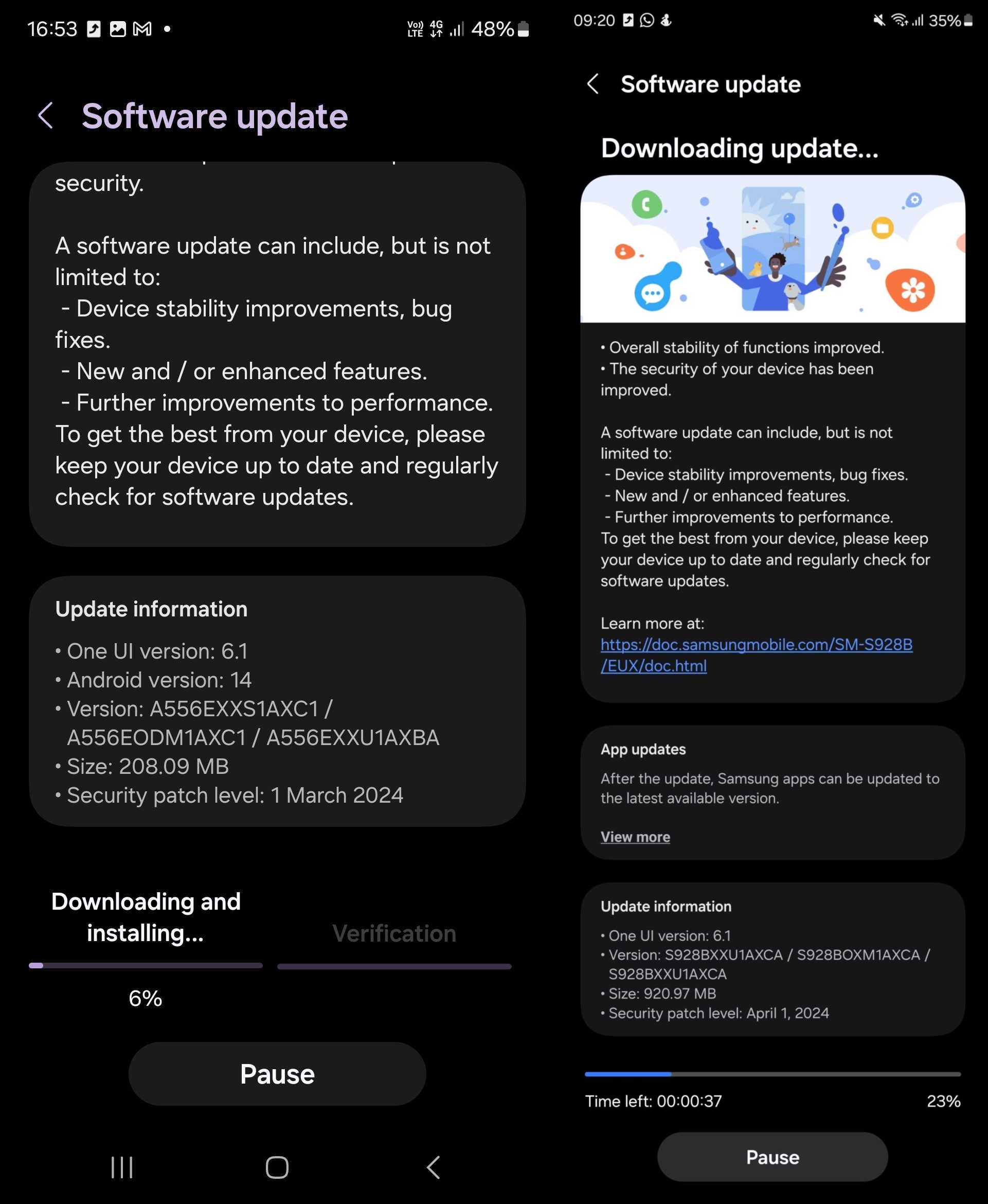Samsung announced the the and on July 10, and using Android's developer tools, we discovered that the new foldables do not support seamless updates. It's been almost a decade since Google introduced the seamless update feature for Android and its Pixel phones. In 2024, Samsung finally brought this feature to one of its handsets.
Surprisingly, it , and the A-series phone remained the only one on the market for many months to take advantage of seamless updates. And it appears that isn't changing with the Z Fold 6 and Z Flip 6. What are seamless updates and how do they work? Phones that support the seamless update feature have two system/boot partitions.

While they install new updates on one partition, you can continue to use your phone on the other partition without interruptions. For regular (non-seamless) updates, the installation process requires users to reboot their phones and wait for the update to complete, which locks them out from using the phone for anything, even emergency calls, for a few minutes. With seamless updates, new firmware can be installed in the background without interrupting the user.
Once new firmware is applied this way, users only need to reboot their phones once, and they're not required to wait for lengthy progress bars. Depending on how often you install updates on your phones, seamless updates may or may not seem like an important feature. Nevertheless, it is a quality-of-life improvement, especially for devices that get monthly security updates,.
















